| |
|
|
|
|
|
|
 |
| |
|
|
|
|
|
|
|
|
| |
|
|
|
|
|
|
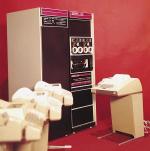 |
April
1970:
The PDP-11/20, the first of DIGITAL's 16-bit
family of machines, is delivered. |
| |
|
|
|
|
|
|
|
|
|
|
| |
|
|
|
|
|
|
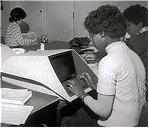 |
1971:
RSTS-11, a timesharing operating system for
the PDP-11, is introduced. |
| |
|
|
|
|
|
|
|
|
|
|
| |
|
|
|
|
|
|
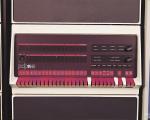 |
1971:
The PDP-11/45, the most powerful PDP-11 family
member to date is introduced. The PDP-11 was
featured in Garry Trudeau's Doonesbury comic strip. |
| |
|
|
|
|
|
|
|
|
|
|
| |
|
|
|
|
|
|
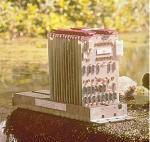 |
1971:
The RTM (PDP-16) is introduced. |
| |
|
|
|
|
|
|
|
|
|
|
| |
|
|
|
|
|
|
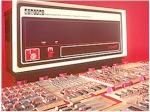 |
1972:
The PDP-16/M is introduced as the first
"sub-minicomputer" developed by
DIGITAL. |
| |
|
|
|
|
|
|
|
|
|
|
| |
|
|
|
|
|
|
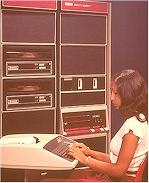 |
1972:
The PDP-11/40 is introduced. |
| |
|
|
|
|
|
|
|
|
|
|
| |
|
|
|
|
|
|
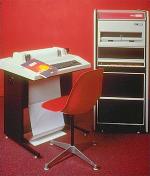 |
1972:
DIGITAL introduces the PDP-11/05 and PDP-11/10 as the first
"inexpensive" PDP-11s. |
| |
|
|
|
|
|
|
|
|
|
|
| |
|
|
|
|
|
|
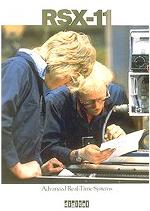 |
May 1973:
RSX-11D, a real-time operating system for
online data acquisition, monitoring and control
on the PDP-11, is introduced. |
| |
|
|
|
|
|
|
|
|
|
|
| |
|
|
|
|
|
|
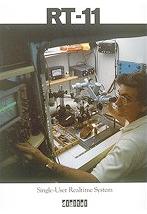 |
July 1973:
RT-11, a real-time operating system for
monitoring and control, is introduced. |
| |
|
|
|
|
|
|
|
|
|
|
| |
|
|
|
|
|
|
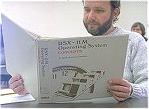 |
1974:
RSX-11M, a real-time operating system for
online control, is introduced for use on the
PDP-11. |
| |
|
|
|
|
|
|
|
|
|
|
| |
|
|
|
|
|
|
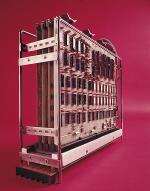 |
February
1975:
LSI-11, DIGITAL's first 16-bit
microcomputer, is introduced. |
| |
|
|
|
|
|
|
|
|
|
|
| |
|
|
|
|
|
|
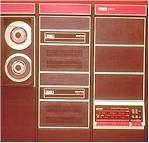 |
February
1975:
The powerful PDP-11/70 is added to the PDP-11
family. |
| |
|
|
|
|
|
|
|
|
|
|
| |
|
|
|
|
|
|
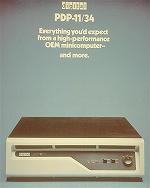 |
1975:
The PDP-11/34 is delivered. |
| |
|
|
|
|
|
|
|
|
| |
|
|
|
|
|
|
 |
March
1977:
DIGITAL announces a new mid-range
price/performance system, the PDP-11/60. |
| |
|
|
|
|
|
|
|
|
|
|
| |
|
|
|
|
|
|
 |
March
1979:
The F-11 microprocessor is announced. |
| |
|
|
|
|
|
|
|
|
| |
|
|
|
|
|
|
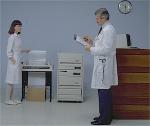 |
March
1979:
The PDP-11/23 is introduced. |
| |
|
|
|
|
|
|
|
|
| |
|
|
|
|
|
|
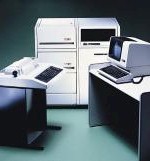 |
November
1979:
The PDP-11/44 ships. |
| |
|
|
|
|
|
|
|
|
|
|
| |
|
|
|
|
|
|
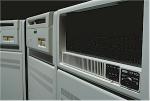 |
March
1981:
PDP-11/24 is introduced. |
| |
|
|
|
|
|
|
|
|
|
|
| |
|
|
|
|
|
|
 |
May 1982:
DIGITAL introduces a range of new personal
computers. |
| |
|
|
|
|
|
|
|
|
|
|
| |
|
|
|
|
|
|
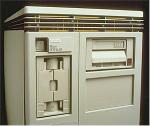 |
November
1985:
Introduction of the MicroPDP-11/83, the most powerful Q-bus
16-bit wordlength computer in DIGITAL's history. |
| |
|
|
|
|
|
|
|
|
|
|
| |
|
|
|
|
|
|
 |
May 1990:
The 20th anniversary of the first PDP-11 computer
is marked by the introduction of two new PDP-11
systems: the MicroPDP-11/93 and the PDP-11/94. |
